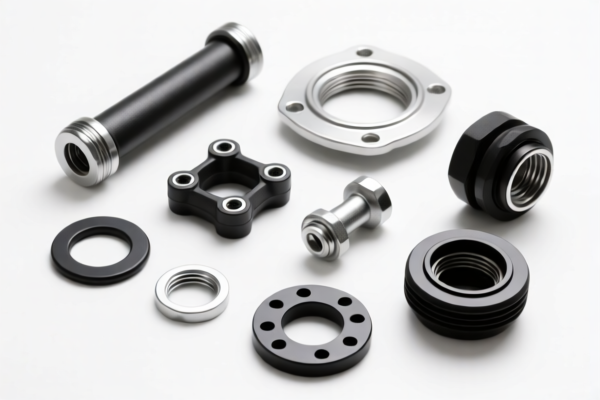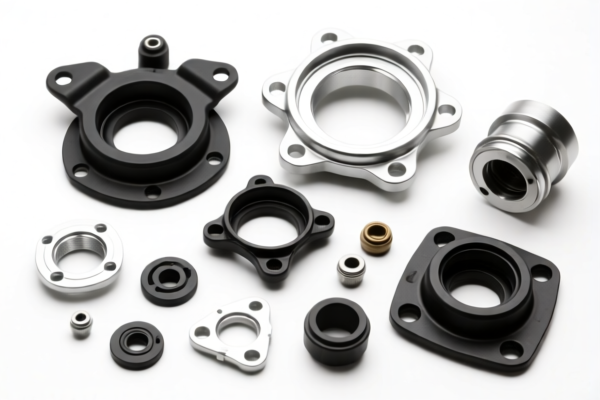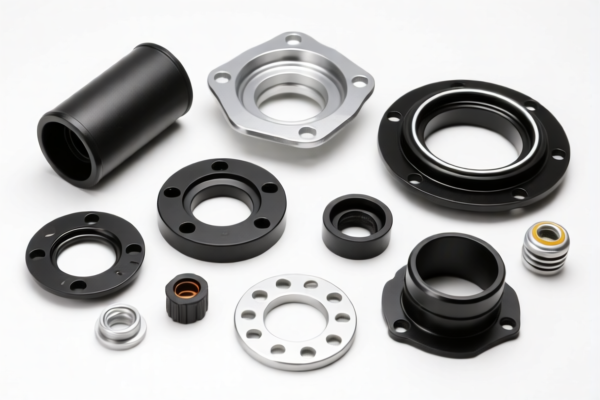| HS Code | Official Doc | Tariff Rate | Origin | Destination | Effective Date |
|---|---|---|---|---|---|
| 8548000000 | Doc | 55.0% | CN | US | 2025-05-12 |




Controller
A controller is a device or set of devices used to operate another device or system. The term broadly encompasses a wide range of input mechanisms, but is most commonly associated with user input devices for video games, machinery, and other interactive systems.
Material
Controllers are constructed from a variety of materials, dependent on their complexity and intended use. Common materials include:
- Plastics: ABS plastic is frequently used for the main body casing due to its durability and cost-effectiveness. Polycarbonate and other specialized plastics are used for buttons and structural components.
- Metals: Aluminum alloys are used in higher-end controllers for structural support, analog stick components, and triggers. Steel is used for internal mechanisms and reinforcement.
- Rubber/Silicone: Used for grips, buttons, and analog stick caps to provide tactile feedback and comfort.
- Electronics: Printed circuit boards (PCBs), microcontrollers, sensors (analog sticks, buttons, motion sensors), and wireless communication modules (Bluetooth, Wi-Fi) are integral components.
Purpose
The primary purpose of a controller is to translate human input into signals that a device or system can understand and act upon. This allows users to interact with and control the functionality of the target system.
Function
Controllers function through several key mechanisms:
- Input Detection: Buttons, analog sticks, triggers, and other input methods detect user actions.
- Signal Conversion: These actions are converted into electrical signals.
- Data Transmission: The signals are transmitted to the target device, typically via wired (USB) or wireless (Bluetooth, Wi-Fi) connections.
- Communication Protocol: A specific communication protocol (e.g., XInput, DirectInput) is used to ensure compatibility and proper interpretation of the signals.
Usage Scenarios
Controllers are employed in diverse applications:
- Video Games: The most common application, enabling players to control characters, vehicles, and in-game actions.
- Robotics: Used to control the movement and actions of robots.
- Industrial Machinery: Control panels and joysticks used to operate complex equipment.
- Home Automation: Remote controls and interfaces for controlling smart home devices.
- Virtual Reality (VR) and Augmented Reality (AR): Specialized controllers for immersive interaction within virtual environments.
- Drones: Control sticks and buttons for piloting and operating unmanned aerial vehicles.
Common Types
Controllers are categorized based on their design and functionality:
- Gamepad: The most prevalent type, featuring buttons, analog sticks, and triggers. Examples include PlayStation DualSense, Xbox Wireless Controller, Nintendo Switch Pro Controller.
- Joystick: Typically used in flight simulators, arcade games, and industrial applications. Offers greater precision and range of motion.
- Motion Controller: Detects movement and gestures, used in VR and AR systems. Examples include Nintendo Wii Remote, PlayStation Move.
- Touchpad Controller: Utilizes touch-sensitive surfaces for input. Examples include PlayStation DualShock 4, Steam Controller.
- Racing Wheel: Designed for racing games, providing realistic steering and pedal controls.
- Flight Stick: Specifically designed for flight simulation games, offering realistic control of aircraft.
- Arcade Stick: Used for classic arcade games, providing a traditional arcade experience.
Electrical parts of machinery or apparatus, not specified or included elsewhere in this chapter.
- 8548000000: This HS code covers electrical parts of machinery or apparatus when they are not specifically defined or included in other chapters.
- 85: This chapter generally relates to electrical machinery and equipment.
- 48: This heading specifically focuses on electrical parts of machinery or apparatus.
- 000000: This subheading indicates that the code applies to all types of electrical parts within this category, without further specification.
The total tax rate for this HS code is 55.0%, comprised of a base tariff of 0.0% and an additional tariff of 25.0%. A further additional tariff of 30% will be applied after April 2, 2025.
According to the provided reference material, the HS code options related to 'controller' are limited, with only the following 1 found.
Customer Reviews
No reviews yet.